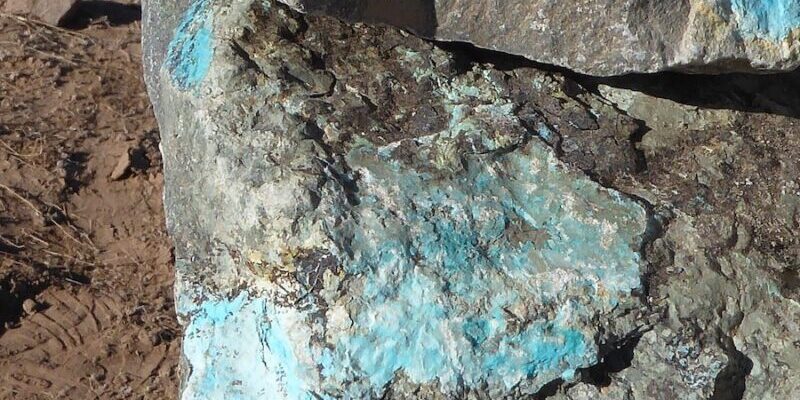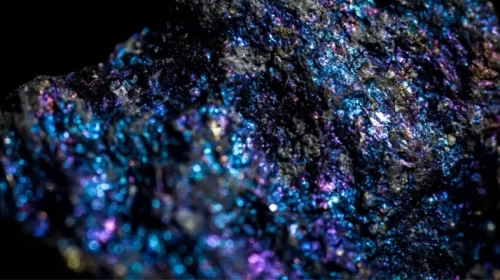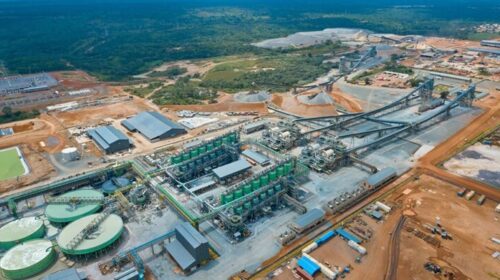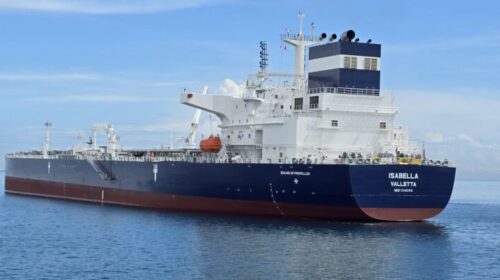BeMetals Discovers Extensive Copper Mineralization in Zambian Copperbelt
BeMetals Corp. (TSXV: BMET, OTCQB: BMTLF, Frankfurt: 1OI.F) (the “Company” or “BeMetals”) has announced that three of four new core holes have intersected significant copper sulphide mineralization at the Pangeni Copper Project in Zambia (the “Project” or the “Property”).
Today’s new analytical results support and enlarge the Company’s discovery of extensive zones of copper mineralization covering more than 1.7 kilometres of strike length under sand cover.
Importantly, the copper mineralization bears many of the hallmarks in terms of style, width, grade, and geology to deposits that are mined in the Domes Region of the Zambian Copperbelt.
DRILLING HIGHLIGHTS FROM CURRENT 2024 PROGRAM AT THE D-PROSPECT:
.Hole D24-C1 intersected 16.16 metres grading 0.74% copper (“Cu”) with 533 parts per million “ppm” cobalt (“Co”), including 5.50 metres grading 0.93% Cu with 701ppm Co.
.Hole D11-C3 intersected 23.20 metres grading 0.54% Cu with 263ppm Co, including 7.90 metres 0.92% Cu with 453ppm Co.
.Hole D22-C2 intersected 14.78 metres grading 0.42% Cu, including 4.88 metres grading 0.65% Cu.
.The intercepts in Holes D24-C1, D11-C3 and D22-C2 have copper grades and mineralized widths that approximate or exceed those of certain large-scale copper mines in the Domes Region of the Zambian Copperbelt (1) (2) (3).
.The D-Prospect copper mineralization demonstrates many of the same geological features of the large-scale Lumwana Copper Mine deposits in the Domes Region of the Zambian Copperbelt.
.The total footprint of copper mineralization now extends for more than 1.7 kilometres along strike, with the mineralized intervals present from immediately beneath the sand cover, at approximately 25 metres depth, to some 275 metres vertically.
.Mineralization remains open along strike in both the SW and NE directions as well as down dip to the SE.
John Wilton, President and CEO of BeMetals, stated “We are very excited with these latest drilling results from our Pangeni Copper Project and given continued positive results, our team is increasingly confident that, at this stage of the exploration, we are on the verge of making the first new copper discovery in the Zambian Copperbelt in decades.
So far this year three of four drill holes from which results have been received have intersected significant zones of copper mineralization, which in several intervals have associated cobalt values.
We are pleased to see that our drilling success has improved with increasing understanding of the geological controls of the copper mineralization.
The Project continues to deliver compelling results, indicating significant scale to the mineralization, and with ongoing drilling success, the potential for discovery of a tier one copper deposit beneath the Kalahari sand cover.
These technical results are enhanced by the pedigree of the Zambian Copperbelt, the increasing copper mining and exploration investments into Zambia, and the strong fundamentals for copper demand.
The Company acknowledges the hard work of our Project field team, Remote Exploration Services (“RES”) and BluRock Mining (Drilling), and our project partners Japan Organization for Metals and Energy Security (“JOGMEC”), Copper Cross Zambia Limited and Pangeni Mineral Resources Limited.
The Company also recognizes the Zambian Ministry of Mines and Mineral Development for its continued support of the exploration Project, as well as strategic investor B2Gold Corp. (a 19% shareholder of the Company).”
PANGENI COPPER PROJECT: D-PROSPECT
At the beginning of March 2024, during the Zambian rainy season, BeMetals commenced the first phase of core drilling as part of the 2024 exploration program planned to comprise six holes for approximately 2,000 metres at the D-Prospect area of the Pangeni Property.
This phase of drilling was successfully completed on the 20th of May with a total of 2,038 metres. Currently, analytical results have been received for four of the six drill holes, with geological logging and sampling still in progress for the last two holes.
The current exploration program is focused on identifying zones of higher grades and extending zones of known copper mineralization.
In January 2024, the Company reported an intersection of 18.10 metres grading 0.70% Cu in Hole D22-C1. This zone is characterized by consistent copper sulphide mineralization, comprising disseminated and veinlet chalcopyrite and subordinate bornite.
It is generally hosted within a scapolite and kyanite bearing schist unit. It has been named the Nkala Zone. The Nkala Zone is interpreted to extend for at least 1.1 kilometres along strike within the overall 1.7 kilometres of known copper mineralization.
In the southwest of the currently drilled prospect, it has increased widths and copper grades in a lens or shoot currently termed the Ingwe Shoot (see Figure 1).
To-date, Hole D24-C1 is the southwestern most hole to have encountered copper mineralization in the Nkala Zone, with an intersection of 16.16 metres grading 0.74% Cu and 533 ppm Co, including 5.50 metres grading 0.93% Cu and 701 ppm Co.
Hole D22-C2 intersected 14.78 metres grading 0.42% Cu some 110 metres to the northeast of D24-C1, and Hole D11-C3 intersected 23.20 metres grading 0.54% Cu with 263 ppm Co, including 7.90 metres at 0.92% Cu, a further 500 metres east-northeast of Hole D24-C1
There are now four drill holes D24-C1, D22-C2, D11-C3, and previously reported D22-C1 that all intersected the interpreted Ingwe Shoot of the Nkala Zone with copper grades that approximate or exceed those of several large-scale copper mines in the Domes Region of the Zambian Copperbelt.
The Ingwe Shoot, with higher-grade copper and associated cobalt mineralization, is interpreted to be structurally controlled, similar in style to the Equinox, Chimiwungo Main and East Shoots at the Lumwana Mine.
As reported in April 2024, Dr. Richard Sillitoe, technical advisor to BeMetals, concluded from review of the drill core at the D-Prospect that the copper mineralization is closely similar in geological setting, style and age to that of the large-scale Lumwana Copper Mine operated by Barrick Gold Corporation.
The Lumwana Mine is producing at grades of 0.51% Cu and has a Measured and Indicated Resource of 1.36 billion tonnes grading 0.52% Cu, containing 7.1 million tonnes (15.5 billion pounds) of copper2.
Hole D14-C1, previously reported, intersected multiple zones of copper mineralization, including 12.64 metres grading 0.32% Cu, 12.91 metres grading 0.37% Cu, and 5.89 metres grading 0.38% Cu.
Importantly the upper zones of mineralization in this drill hole are projected to extend to the base of the Kalahari sand cover at roughly 25 metres vertical depth.
Drill hole D11-C2 intersected 14.00 metres grading 0.13% Cu within the Nkala Zone, interpreted as a possible margin of the Ingwe Shoot, whereas Hole D11-C3 appears to have intersected a more central portion of the Shoot, returning robust grades over significant widths (see Figure 1).
Thus far, copper grades in the Ingwe Shoot appear to be improving to the southwest and southeast, and additional drilling will be required to test for further extensions of the mineralization as well as to confirm grade continuity.
There remains significant potential to expand the copper mineralization, following identification of additional target zones to the northeast.
Also of interest is the association of the higher-grade copper intercepts in D24-C1 and D11-C3 with appreciable intervals of cobalt mineralization, ranging from 263 ppm Co over 23.20 metres in D11-C3 to 701 ppm Co over 5.50 metres in D24-C1.
As a result of the success of the ongoing exploration campaign, BeMetals intends to conduct a second and larger phase of core and aircore drilling later this year to accelerate expansion of the mineralized footprint at the D-Prospect.
170 total views , 1 views today





